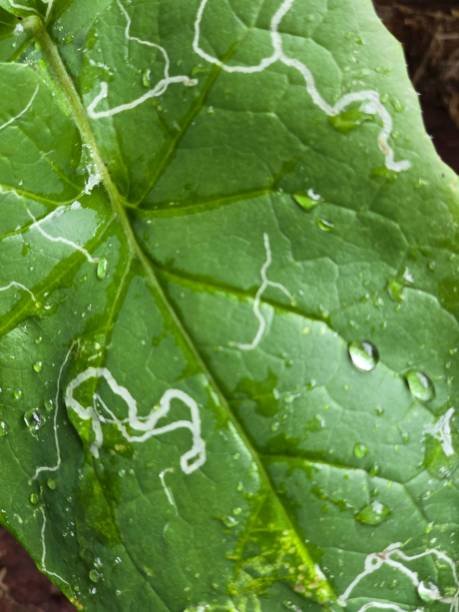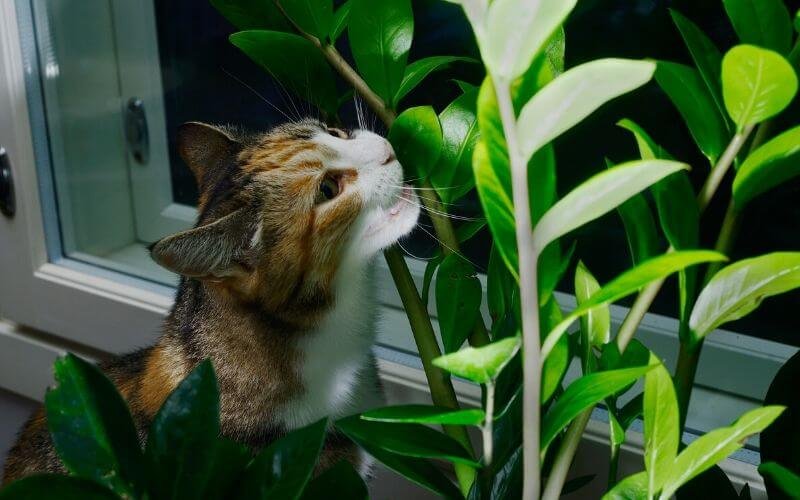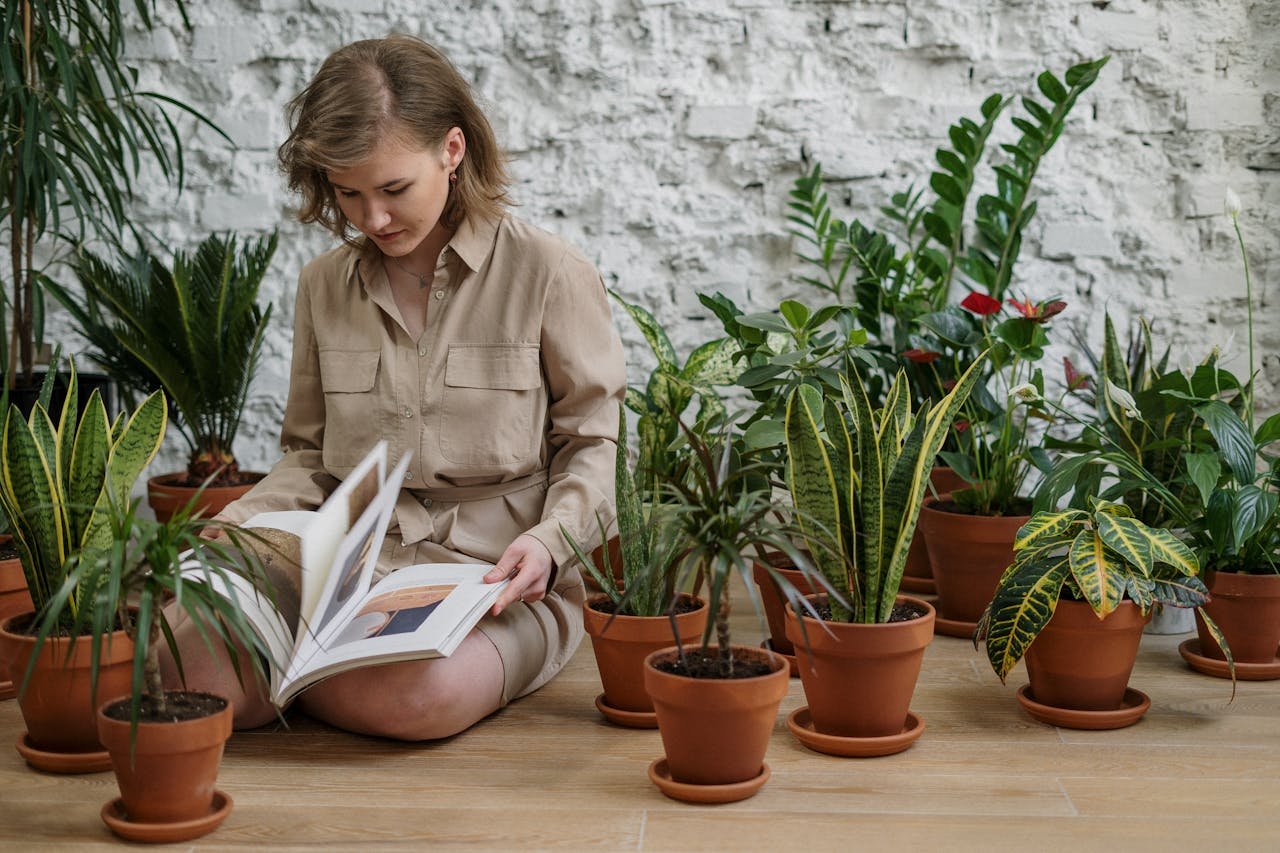House Plant Fungus Treatment

Outline:
Thank you for reading this post, don't forget to subscribe!- Introduction
- Importance of indoor plants
- Common diseases in indoor plants
- Prevention methods
- Proper watering techniques
- Providing adequate sunlight
- Monitoring humidity levels
- Regularly inspecting plants
- Treatment options
- Natural remedies
- Fungicides and pesticides
- Pruning infected areas
- Importance of plant care
- Boosting plant immunity
- Ensuring plant health and longevity
- Common indoor plant diseases
- Powdery mildew
- Root rot
- Leaf spot
- Spider mites
- Identifying plant diseases
- Visual symptoms
- Detected through touch
- Conducting soil tests
- Steps to take when a plant is infected
- Isolating infected plants
- Adjusting care routine
- Seeking professional help if needed
- Creating a healthy environment for plants
- Proper air circulation
- Regular cleaning of leaves
- Avoiding overcrowding
- Benefits of preventive measures
- Cost-effective
- Reducing stress on plants
- Importance of quarantine
- Preventing spread of diseases
- Observing isolated plants
- Regular maintenance routine
- Cleaning tools
- Pruning and trimming
- Keeping a plant journal
- Organic pest control methods
- Neem oil
- Garlic spray
- Soap solution
- Monitoring plant growth
- Checking for signs of distress
- Adjusting care as needed
- Consulting plant experts
- Local botanical gardens
- Online plant communities
- Seeking professional advice
- Conclusion
Article:
Indoor plants not only add beauty to our living spaces but also offer numerous health benefits by purifying the air and boosting our mood. However, just like outdoor plants, indoor plants are susceptible to various diseases that can hinder their growth and wellbeing. In this article, we will explore effective ways to prevent and treat diseases in indoor plants to ensure they thrive in a healthy environment.
Prevention methods
Proper watering techniques play a crucial role in preventing diseases in indoor plants. Overwatering can lead to root rot, while underwatering can make plants more susceptible to stress and diseases. It is essential to water plants only when the top layer of soil feels dry to the touch.
Providing adequate sunlight is another preventive measure to keep indoor plants healthy. Different plants have varying light requirements, so it is essential to place them in locations where they can receive the right amount of sunlight.
Monitoring humidity levels is vital for preventing diseases like powdery mildew, which thrive in high humidity environments. Using a humidity monitor can help you adjust humidity levels as needed to maintain optimal growing conditions for your plants.
Regularly inspecting plants for any signs of disease or pests is crucial in preventing the spread of infections. Keep an eye out for yellowing leaves, unusual spots, or webbing on plants, as these can be early indicators of a problem that needs to be addressed promptly.
Treatment options
When prevention methods are not enough to keep diseases at bay, various treatment options can help combat plant diseases effectively. Natural remedies such as neem oil, garlic spray, and soap solution can be used to control pests and fungal infections without harming the plants.
For more severe cases, fungicides and pesticides may be necessary to treat plant diseases effectively. Make sure to choose products that are safe for indoor use and follow the instructions carefully to protect your plants and yourself from harmful chemicals.
Pruning infected areas of the plant can help stop the spread of diseases and promote new growth. Use clean, sharp tools to remove infected parts and dispose of them properly to prevent reinfection.
Indoor Plants in Low Light : Thriving in the Shadows
Read more
Importance of plant care
Regular plant care not only prevents diseases but also boosts plant immunity and ensures their overall health and longevity. By providing the right growing conditions and care, plants can better resist diseases and recover more quickly when faced with challenges.
Common indoor plant diseases
Some of the most common diseases that affect indoor plants include powdery mildew, root rot, leaf spot, and spider mites. These diseases can cause significant damage if left untreated, so it is essential to be able to identify them early on and take appropriate measures to address them.
Identifying plant diseases
Visual symptoms such as yellowing leaves, discolored spots, or wilting can indicate a plant disease. Some diseases can also be detected through touch, such as soft or mushy areas indicating root rot. Conducting soil tests can help identify nutrient deficiencies or pH levels that may be contributing to plant stress.
Steps to take when a plant is infected
If you notice signs of disease in your plants, it is essential to act quickly to prevent the spread of infection to other plants. Isolate infected plants from healthy ones to avoid contamination and adjust your care routine to address the specific needs of the affected plant.
If the infection persists or worsens, consider seeking professional help from a plant expert or horticulturist who can provide accurate diagnosis and treatment options tailored to your plant’s needs.
Creating a healthy environment for plants
Maintaining a healthy environment for your indoor plants can help prevent diseases and promote their overall growth and wellbeing. Ensure proper air circulation by avoiding overcrowding plants and opening windows periodically to allow fresh air to circulate.
Regularly cleaning plant leaves with a damp cloth can help remove dust and debris that can attract pests and prevent photosynthesis. Avoid overwatering or underwatering plants and make sure they are placed in locations with adequate sunlight for optimal growth.
Benefits of preventive measures
Taking preventive measures to keep your plants healthy can save you time, money, and stress in the long run. By investing in proper plant care and disease prevention, you can enjoy the benefits of having thriving indoor plants that enhance your living space and wellbeing.
Importance of quarantine
When introducing new plants to your indoor garden, it is crucial to quarantine them for a period to prevent the spread of potential diseases to your existing plants. Observing isolated plants for signs of distress or disease can help you address any problems before introducing them to your other plants.
Regular maintenance routine
In addition to preventive measures, establishing a regular maintenance routine for your indoor plants can help keep them healthy and thriving. Regularly clean your tools to prevent the spread of diseases and pests, prune and trim plants as needed to promote growth, and keep a plant journal to track their progress and care needs.
Organic pest control methods
For a more natural approach to pest control, consider using organic remedies such as neem oil, garlic spray, or soap solution to combat common pests that can infect indoor plants. These solutions are safe for plants and pets and can effectively control pests without harming the environment.
Monitoring plant growth
Regularly monitoring your plant’s growth and observing any changes in their appearance can help you detect early signs of disease or stress. By checking for signs of distress and adjusting your care routine as needed, you can help your plants thrive in a healthy environment.
Consulting plant experts
If you are unsure about how to care for a specific plant or how to treat a particular disease, it is essential to seek advice from plant experts. Local botanical gardens, online plant communities, and professional horticulturists can provide valuable insights and guidance to help you keep your indoor plants healthy and thriving.
Growing Olive tree indoor plant
Read more
My Opinion
Preventing and treating diseases in indoor plants requires a proactive approach to plant care and maintenance. By implementing preventive measures, identifying diseases early on, and taking appropriate treatment options, you can ensure that your indoor plants remain healthy, vibrant, and disease-free. With proper care and attention, you can create a thriving indoor garden that brings beauty and joy to your living space.
FAQs:
- How often should I water my indoor plants to prevent diseases?
- What are some common signs of plant diseases to look out for?
- Are natural remedies effective in treating plant diseases?
- How do I know when a plant needs to be isolated due to infection?
- What should I do if my plant shows signs of stress or disease despite preventive measures?




